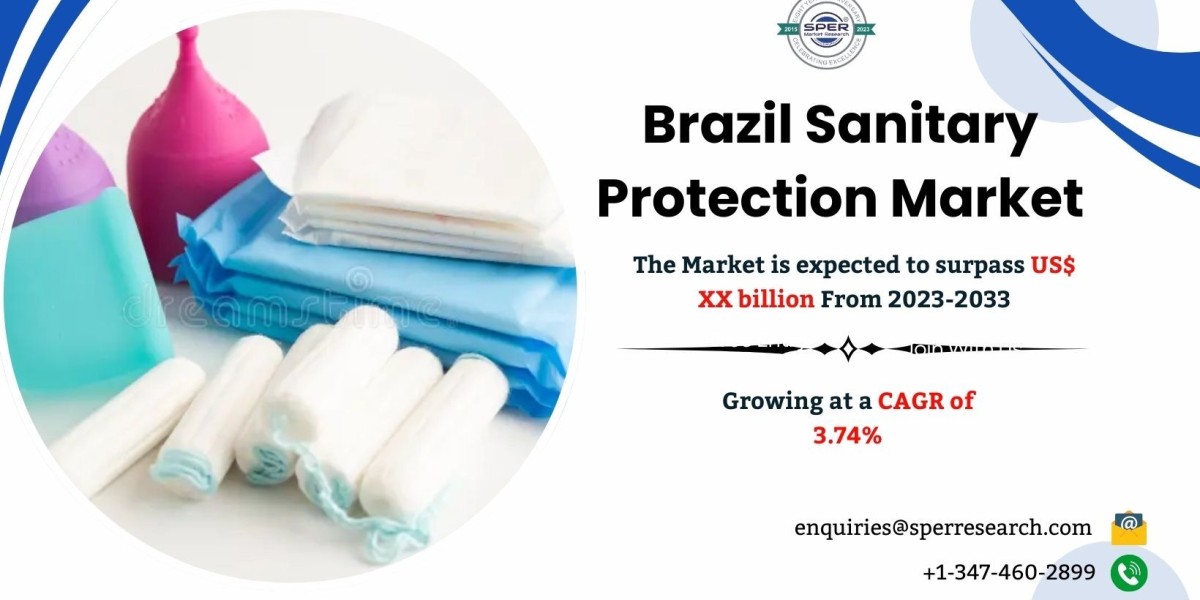When it comes to child safety in vehicles, ensuring that your baby’s car seat is secure and functional is a top priority. However, many parents overlook a crucial aspect of car seat safety: expiration dates. Just like any safety equipment, baby car seats have a limited lifespan. Understanding car seat expiration is essential for keeping your child safe during every ride.
Why Do Baby Car Seats Expire?
baby car seat are made from a variety of materials, including plastics and foams, that can degrade over time due to exposure to sunlight, temperature changes, and general wear and tear. This degradation can weaken the structure of the car seat, potentially compromising its effectiveness in protecting your child during a crash. Manufacturers set expiration dates to ensure that the car seat continues to meet safety standards and to guarantee that it functions correctly.
Factors Influencing Car Seat Expiration
Material Degradation: Exposure to heat, humidity, and sunlight can cause the materials used in car seats to break down over time. This can lead to cracks or brittleness that can affect the car seat's integrity.
Changing Safety Standards: As safety technology evolves, older models may not meet current safety standards. Manufacturers often update their designs to incorporate the latest advancements in safety features, making older models less effective.
Usage History: A car seat that has been involved in an accident, even if it appears undamaged, should be replaced. The internal structure could be compromised, making it less safe.
How to Check for Expiration Dates
Most car seats have an expiration date clearly marked on the label, which is typically located on the bottom or the back of the seat. If you can’t find the expiration date, look for the following:
Manufacturing Date: Car seat expiration dates are usually set between six to ten years from the manufacturing date. Check your user manual or the manufacturer’s website for specific information about your model.
Manufacturer’s Guidelines: Each manufacturer may have different guidelines regarding expiration. Always refer to the user manual or the manufacturer's website for detailed information.
Warranty Information: In some cases, the warranty information may also indicate the expiration period of the car seat.
Tips for Ensuring Your Child’s Car Seat is Safe
Regularly Inspect the Car Seat: Make it a habit to check your baby’s car seat periodically for signs of wear and tear. Look for cracks, fraying straps, or any other damage.
Know When to Replace: If your car seat is approaching its expiration date or shows any signs of damage, it’s time to invest in a new one.
Follow Installation Guidelines: Ensure that the car seat is installed correctly, as improper installation can lead to safety issues, regardless of the seat's age.
Stay Updated on Recalls: Keep an eye on recalls related to car seats. If your model has been recalled, you’ll need to replace it, even if it hasn’t expired yet.
Consider Your Child’s Growth: As your child grows, make sure the car seat fits properly. If your child has outgrown the height or weight limits for their current seat, it’s essential to transition to a new one, regardless of its expiration.
What to Do with an Expired Car Seat
If you discover that your baby’s car seat has expired, don’t just toss it in the trash. Here’s how to properly dispose of it:
Remove the Straps and Covers: Take off all fabric covers and straps to prevent someone else from using it.
Label It as Expired: Write “DO NOT USE” on the car seat so that it doesn’t accidentally get used by someone else.
Recycle When Possible: Some manufacturers offer recycling programs for old car seats. Check with local recycling centers to see if they accept car seats.
Purchase a New Car Seat: Investing in a new car seat is crucial for your child’s safety. Look for one that meets current safety standards and suits your child’s age, height, and weight.
Conclusion
baby car seat expiration is a vital aspect of child safety that every parent should take seriously. By understanding the reasons behind expiration dates, regularly checking your car seat for signs of wear, and staying informed about your specific model, you can ensure your child is always safe and secure on the road. Investing in a high-quality car seat and adhering to safety guidelines will give you peace of mind, knowing you’ve made the best choice for your child’s safety and well-being.










